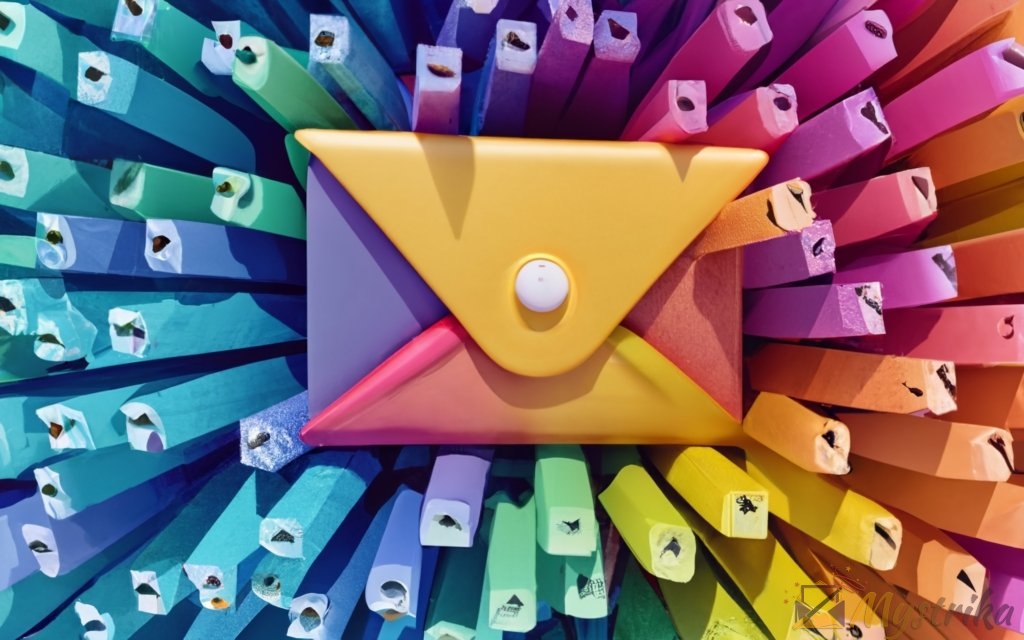Has your email subscriber list been fading into the background like a wallflower at a high school dance? Don’t resign yourself to crickets and tumbleweeds – a strategic re-engagement campaign can breathe new life into those inactive contacts!
In this complete guide, we’ll share insider tips to craft emails that prompt brand re-discovery and catalyze lost customer relationships. You’ll learn how incentives, personalization, and multi-channel coordination combine to concoct that secret subscriber engagement serum. Read on to turn disengagement into opportunity.
What are Re-Engagement Emails?
Re-engagement emails are a type of email marketing campaign targeted at subscribers who have become inactive or disengaged from your mailing list. The goal is to re-establish communication and engagement with contacts who once interacted with your brand but have since fallen silent.
Definition and Purpose
A re-engagement email campaign involves sending a series of emails specifically to subscribers who meet certain inactive criteria, such as:
- Haven’t opened or clicked on emails for a certain period of time (e.g. 60 days)
- Haven’t made a purchase in over 6 months
- Haven’t visited your website in the last 3 months
The purpose of these campaigns is to remind inactive subscribers about your brand, prod them to re-engage, and potentially convert them into active customers again. Rather than simply removing inactive contacts from your list, re-engagement campaigns give you an opportunity to reconnect and regain lost business.
Identifying Inactive Subscribers
The first step in planning a re-engagement campaign is identifying which subscribers should be targeted. Most email service providers and marketing automation platforms allow you to segment your list based on engagement metrics like:
- Email opens
- Link clicks
- Page views
- Purchases
You can then select a date range to filter out subscribers who haven’t engaged in X number of days, months, etc. Other ways to identify inactive contacts include:
- Tracking lifecycle stage
- Monitoring churn rate
- Checking time since last purchase
The subscribers who meet your defined inactive criteria can then be segmented and targeted with re-engagement messaging.
Goals of Re-Engagement Campaigns
There are a few key goals associated with sending re-engagement emails:
- Remind inactive contacts about your brand – Refresh their memory regarding who you are, what you offer, and why they signed up initially.
- Re-establish communication – Get subscribers engaging with your emails again by clicking, opening, and responding.
- Regain lost business – Entice inactive customers to purchase again with special offers and incentives.
- Identify brand perceptions – Survey inactive users to find out why they disengaged and improve for the future.
- Clean up subscriber lists – Remove contacts who remain unresponsive even after re-engagement attempts.
Successful re-activation email campaigns can increase engagement, reduce churn, and generate revenue from subscribers who otherwise may have been lost for good.
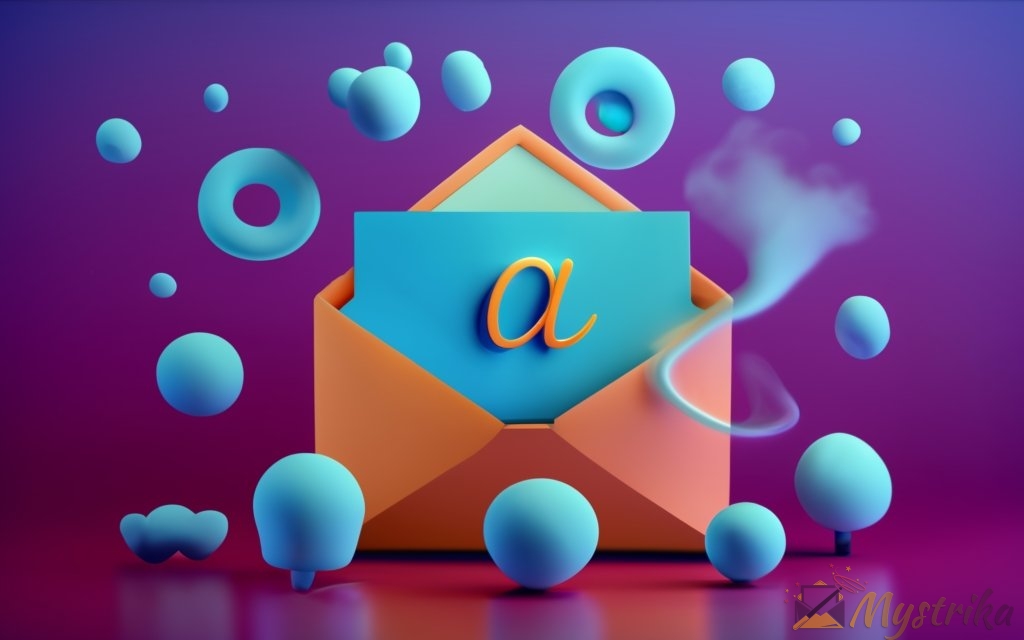
Creating an Effective Re-Engagement Email Strategy
Once you’ve identified your inactive subscribers, the next step is determining how to re-engage them. Thoughtful planning and strategic execution can mean the difference between success and failure. Here are some best practices to consider when developing your re-activation email approach:
Timing and Frequency
- Send initial re-engagement email after a subscriber has been inactive for a defined period, such as 60-90 days. Don’t wait too long.
- Use a series of 2-4 emails spaced 3-7 days apart. Vary timing between messages.
- Avoid overwhelming subscribers with too many re-activation attempts.
- Time emails around major events, product launches, or seasonal promotions when appropriate.
- Test different timing sequences and frequencies to determine optimal approach.
Offering Incentives
- Special offers and discounts can entice inactive users to engage again. Examples:
- Percentage off next purchase
- Free gift or premium item
- Exclusive access to new product or content
- Ensure incentives are valuable enough to motivate desired action.
- Promotions should be better than what active subscribers get to increase perceived value.
- Limited-time offers can create urgency and prompt quicker response.
Personalization
- Use merge tags to include subscriber’s name, location, past purchases, etc.
- Reference previous interactions or engagement with the brand.
- Segment based on customer data to tailor messaging and offers.
- Build emotional connection through personalized content and tone.
- Avoid vagueness and make it clear the message is customized for them.
Subject Lines
- Subject line should grab attention and convey specific value of the email.
- Incorporate subscriber’s name or information about their account.
- Try urgency triggers like “Last Chance” or curiosity triggers like “Quick Question”.
- Test different subject lines to determine what drives most opens.
- Keep lines short, clear, and relevant to the recipient.
Email Content/Messaging
- Briefly explain purpose of the re-engagement campaign.
- Remind subscribers who you are and key product/service offerings.
- Share new releases, features, or content they may have missed.
- Ask for feedback on why they disengaged to improve experience.
- Add social proof elements like testimonials.
- Balance promotional messaging with value-driven content.
Email Design Best Practices
- Ensure design is mobile-friendly, minimalist, and scannable.
- Use brand colors and recognizable templates.
- Include company logo and contact information.
- Lead with an eye-catching graphic or hero image when possible.
- Use plenty of whitespace and clear CTAs that stand out.
- Limit copy to 3-5 concise paragraphs or bullet points.
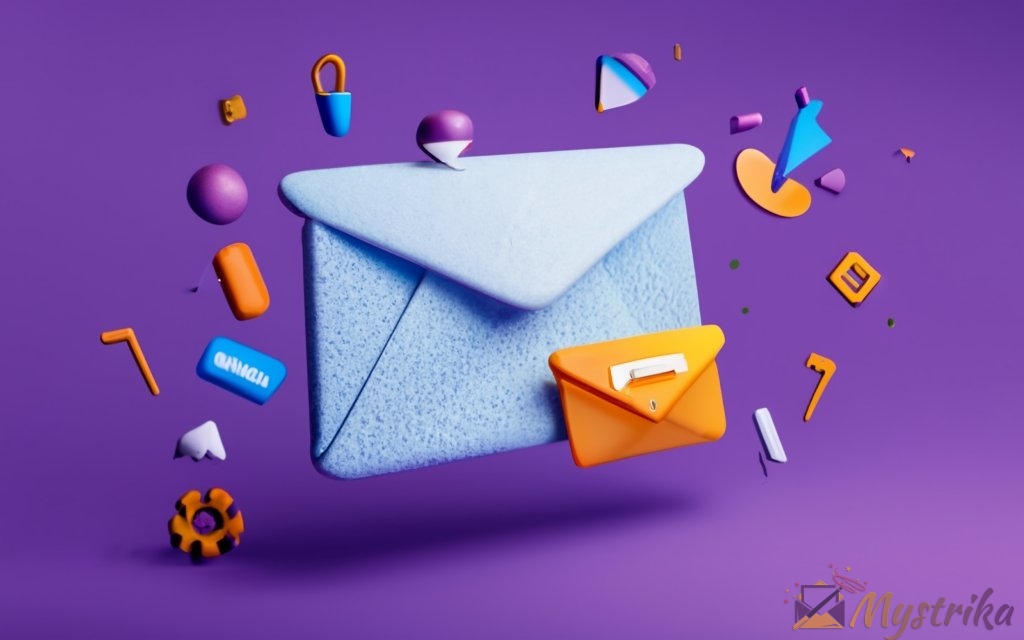
Re-Engagement Email Template Examples
When drafting your re-activation messages, it helps to have examples of effective email templates to reference. Here are some common re-engagement email types that brands might employ:
Special Offers/Discounts
One of the most popular incentives used in re-engagement campaigns is a special offer or discount code exclusively for inactive subscribers. Some ideas:
- Percentage off entire purchase
- BOGO (Buy One Get One Free) deal
- Free gift with minimum purchase
- Expedited or free shipping
- Early access to new product launch
The key is to provide enough perceived value to convince inactive users to make another purchase. Limited time offers can also create urgency.
Product Updates
Give inactive subscribers a reason to revisit your brand by featuring new products, features, or content they may have missed while disengaged.
- Showcase your newest or improved offerings
- Highlight key feature additions users will appreciate
- Provide value-driven content like how-tos or trend reports
- Use video demos to interest visual learners
Focus on educating subscribers vs overt sales pitches.
Customer Appreciation
Expressing gratitude and appreciation is a sincere way to reconnect with inactive users. Some ideas:
- Thank subscribers for their past business
- Send coupon in honor of loyalty anniversary
- Wish them a happy birthday or holiday
- Recognize length of membership
People enjoy feeling acknowledged and valued. Customer appreciation emails cater to this need.
Win-Back Offers
If subscribers have made previous purchases, entice them to return with special win-back promotions.
- Exclusive deals for past buyers
- Discounts on commonly purchased items
- Bundled savings on product packages
- Free enrollment in loyalty program
References to their purchase history adds personalization.
Event Invites
Inform inactive subscribers about upcoming events, webinars, or conferences they can attend.
- Promote virtual or in-person events
- Offer perks like free admission
- Highlight noteworthy speakers and agenda
- Share post-event recordings they can view
Events present low-pressure opportunities for re-engagement.
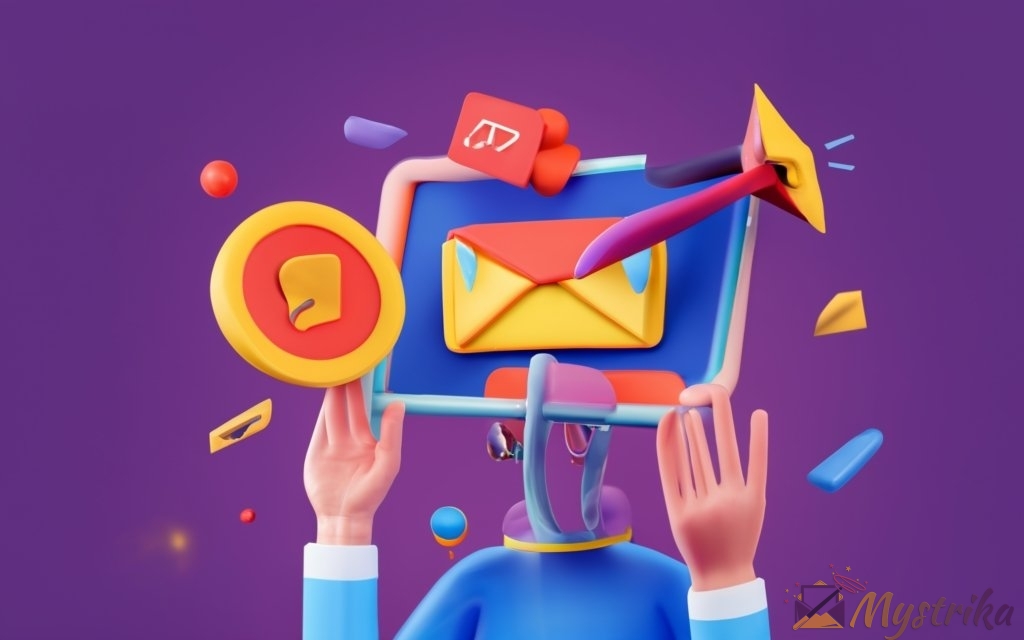
Tips for Successful Re-Engagement Campaigns
Well-executed re-engagement efforts require more than just compelling email copy and creative templates. To achieve results, keep these tips in mind:
Use Segmentation
- Divide inactive subscribers into buckets based on time since last engagement, purchase history, browsing behavior, demographics etc.
- Create targeted messages and offers tailored to each customer segment.
- Lifecycle stage dictates messaging – new subscribers need different reactivation offers than repeat buyers.
- Personalize and customize emails for each segment for better response rates.
A/B Test Different Approaches
- Try variations of copy, design, subject lines, sender name, and more through A/B split testing.
- Test factors like email length, offer types, promotional messaging, and call-to-action placement.
- Examine open rate, CTR, and conversion rate data to identify what resonates.
- Apply insights to future re-engagement emails and campaigns.
Track Performance Metrics
- Use opens, clicks, bounce rates, unsubscribes, and revenue metrics to gauge campaign health.
- Monitor email, website, and purchase behavior following re-engagement sends.
- Compare performance to past campaigns and look for positive or negative trends.
- Tweak approach over time based on measured results.
Follow Up with Non-Responders
- If no response after initial re-activation attempt, follow up with second message.
- Change subject line, offer, and design elements in your follow-up.
- Third or fourth emails may be warranted for subscribers with higher CLV.
- Non-responders after multiple attempts can be removed from main list.
Regularly Clean Up Subscriber Lists
- If contacts don’t re-engage after thoughtful attempts, remove them from your main subscriber list.
- Dormant, inactive emails hurt your sender reputation and email metrics.
- Set up auto-unsubscribes for non-responders after final reactivation email.
- Continuously prune your list to keep only quality subscribers engaged.
Execute re-engagement initiatives thoughtfully and be strategic. With the right approach, you can regain lost business and increase subscriber retention.
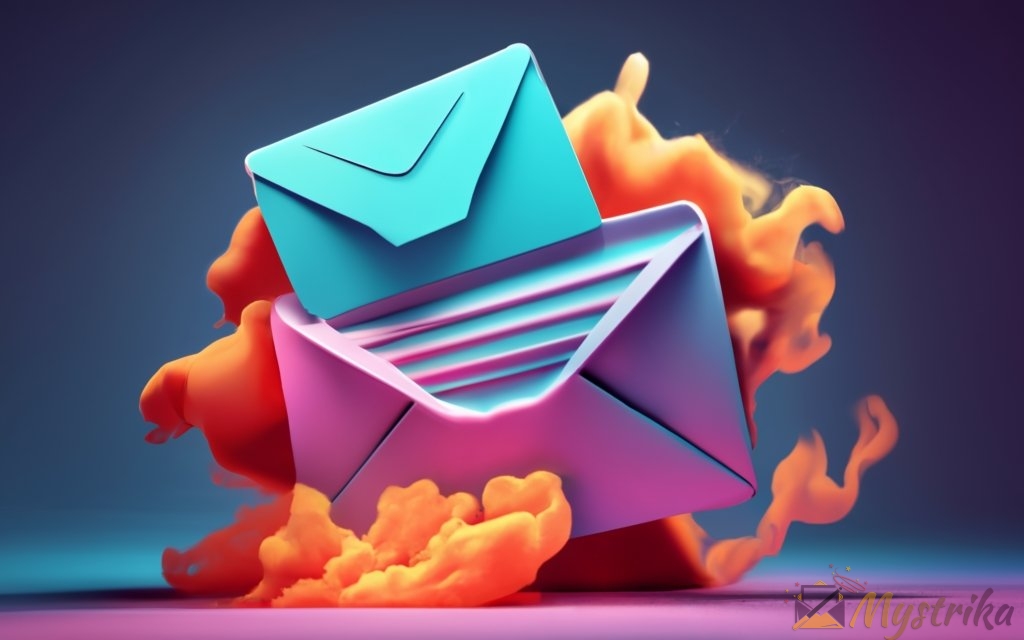
Alternatives to Re-Engagement Emails
While email is a popular channel for re-connecting with inactive subscribers, it’s not the only option. Here are a few other strategies to supplement email re-activation campaigns:
Surveys
Send a survey to get feedback from disengaged subscribers on why they stopped interacting with your brand. Ask questions like:
- What could we have done better?
- Did you have issues with our product/service?
- What prompted you to disengage?
- What would win you back as a subscriber?
Use survey data to improve the overall customer experience. Follow up with targeted offers addressing common areas of dissatisfaction.
Retargeting Ads
Use display ads and social retargeting to reach disengaged website visitors who are now inactive subscribers. Tailor ads based on their browsing history and behavior data. Remind them of products they showed interest in but never purchased. Retargeting keeps your brand visible and makes re-engagement feel like personalized outreach vs a cold promotional message.
Social Media Outreach
Leverage social platforms like Facebook and Twitter for re-engagement by targeting inactive subscribers with tailored ads. Promote special offers, content, and product updates they may have missed. Social allows you to re-introduce your brand in a more conversational, engaging way.
The benefit of exploring alternatives and complementary channels is that you can attack re-activation from multiple angles, giving subscribers more than one path back into your sales funnel. Just be sure to maintain brand consistency across channels and campaigns.

Conclusion
Re-engaging inactive subscribers through targeted email campaigns provides immense value in today’s crowded digital marketplace. With consumers overwhelmed by endless promotions and content, it’s easy for them to slip into disengagement mode over time.
Thoughtfully constructed re-activation messages give brands a chance to regain mindshare and reconnect with customers who may otherwise be lost forever. The most effective re-engagement strategies incorporate compelling incentives, personalization, optimized timing, and multi-channel coordination.
Although emails often form the core of re-engagement initiatives, savvy marketers test survey outreach, retargeting ads, and social media as complementary tactics. By analyzing campaign metrics and fine-tuning approaches based on results, marketers can continually improve performance.
At the end of the day, re-engagement campaigns demonstrate that you value all subscribers – not just currently active ones. They allow you to turn disengagement into opportunity and catalyze brand re-discovery. With so much business hinging on existing customers, re-engagement represents an untapped revenue stream that smart brands should prioritize.
Rather than resigning yourself to a dwindling list, proactively attempt to re-ignite lost relationships. You have more to gain than lose. Approach re-engagement as an ongoing optimization initiative versus one-off campaigns. The work is never truly finished when it comes to sustaining engagement and protecting against subscriber churn.

Key Takeaways on re-engagement email templates and campaigns
- Re-engagement emails target inactive subscribers in an attempt to re-establish communication and engagement with your brand. They remind disengaged contacts about your offerings and prod them to interact again.
- Identify inactive subscribers by segmenting based on engagement metrics like email opens, clicks, purchases, website activity, etc. over specified time periods.
- Effective re-engagement strategy balances compelling incentives, personalization, optimized timing/frequency, great subject lines, targeted content, and multi-channel coordination.
- Test different approaches like special offers, customer appreciation messages, win-back promotions, product updates, and more to determine what resonates best with inactive segments.
- Monitor campaign metrics like open rates, click rates, revenue, and site engagement to optimize your strategy over time. Follow-up with non-responders can further boost results.
- Regularly prune your list by removing stubbornly inactive subscribers who don’t re-engage after multiple thoughtful attempts. Maintain quality over quantity.
- Surveys, retargeting ads, and social outreach represent alternative channels to augment primary re-engagement email initiatives as part of an omni-channel approach.
- Well-executed re-activation campaigns can increase engagement, reduce churn, regain lost revenue, and build stronger customer relationships when done strategically over time.
Frequently asked questions about re-engagement email campaigns
What is a re-engagement email campaign?
A re-engagement campaign involves sending a series of emails to subscribers who have become inactive or disengaged from interacting with your brand. The goal is to re-establish communication and prompt them to engage again.
Why are re-engagement campaigns important?
Re-engagement emails give you a chance to reconnect with contacts before they churn or unsubscribe completely. They can help regain mindshare, reduce subscriber loss, and recover lost revenue from inactive users.
How do you identify inactive subscribers to target?
Segment your list based on engagement metrics like email opens, clicks, site visits, purchases, etc. over specified time periods. Contacts who fall below thresholds for those actions are considered inactive.
What is included in a re-engagement email?
Compelling subject line, reminder of who you are, special incentive or offer, value-driven content, personalized messaging, clean design, clear call-to-action.
How many re-engagement emails should you send?
Typically 2-4 emails spaced 3-7 days apart works best. Vary timing between messages and avoid overwhelming contacts.
What other channels can you use besides email?
Surveys, retargeting ads, and social media outreach represent alternatives to augment email re-engagement efforts.
How do you measure the success of campaigns?
Track opens, clicks, site engagement, revenue, and subscriber loss reduction. Use results to refine your approach over time.
When should you remove very inactive subscribers?
If contacts don’t re-engage after 3-4 thoughtful, strategic attempts, remove them from your main list to maintain quality.

